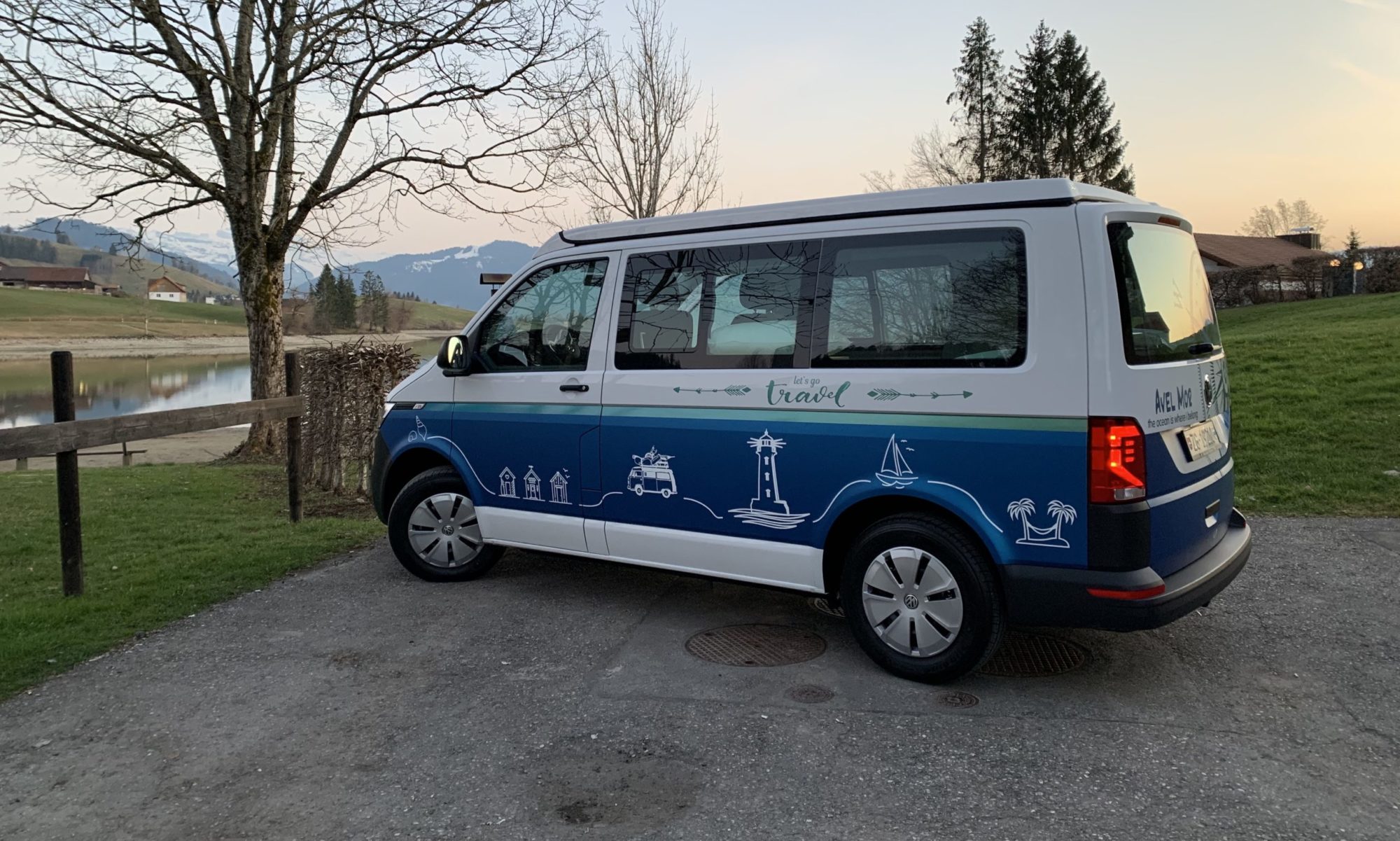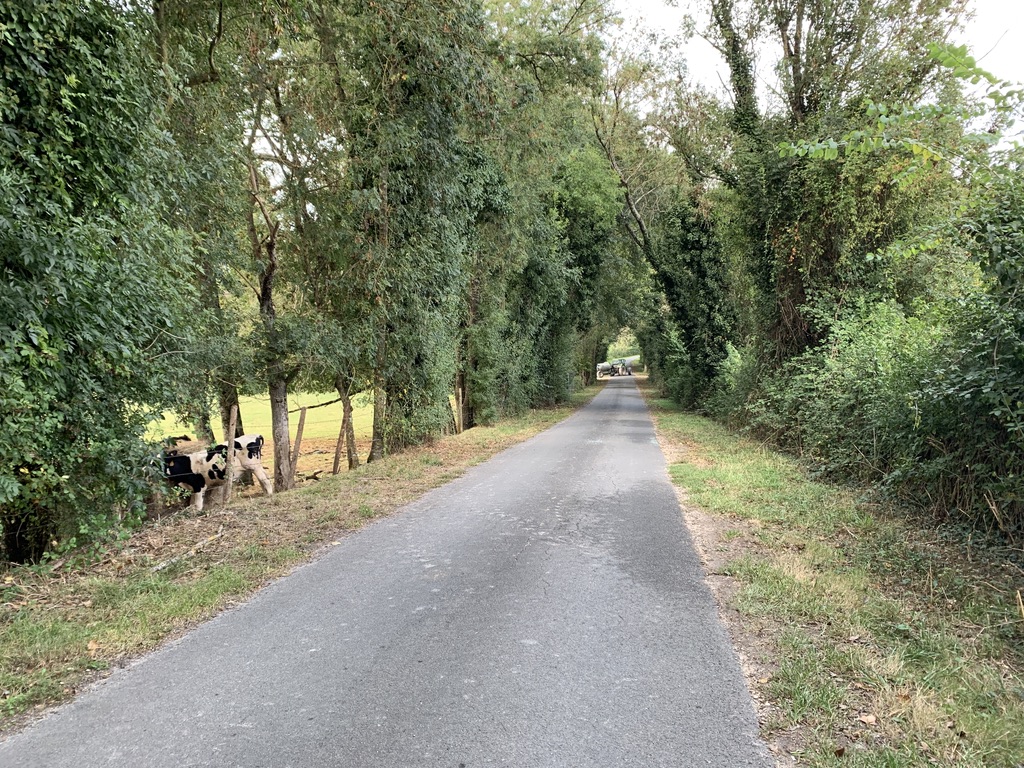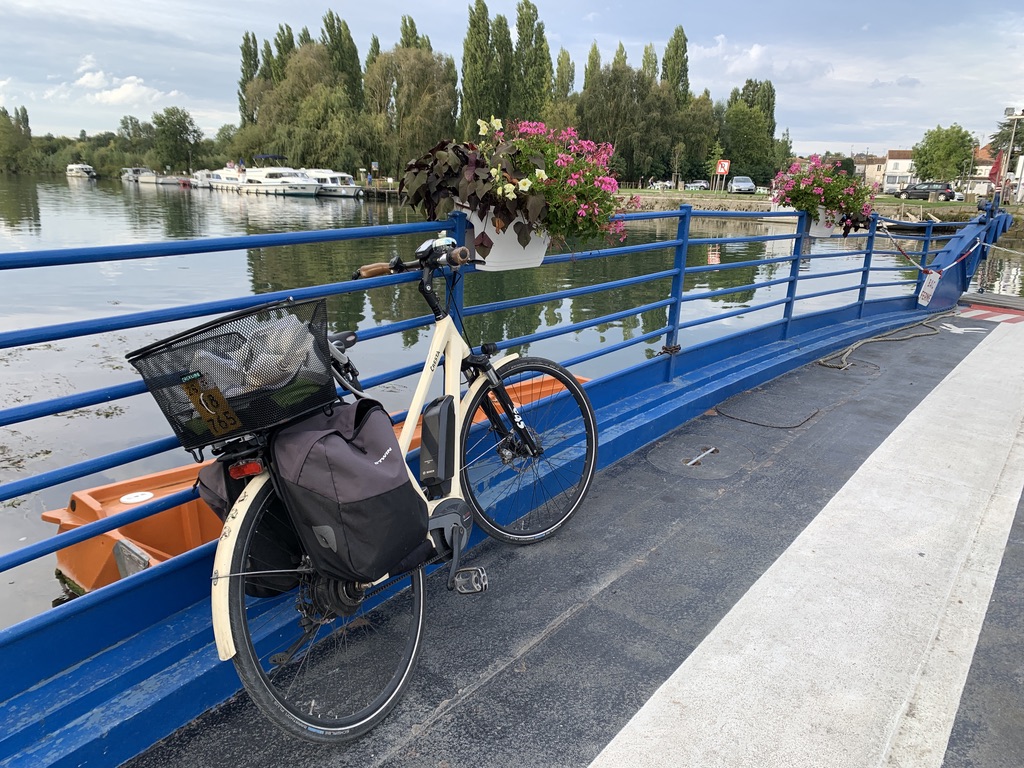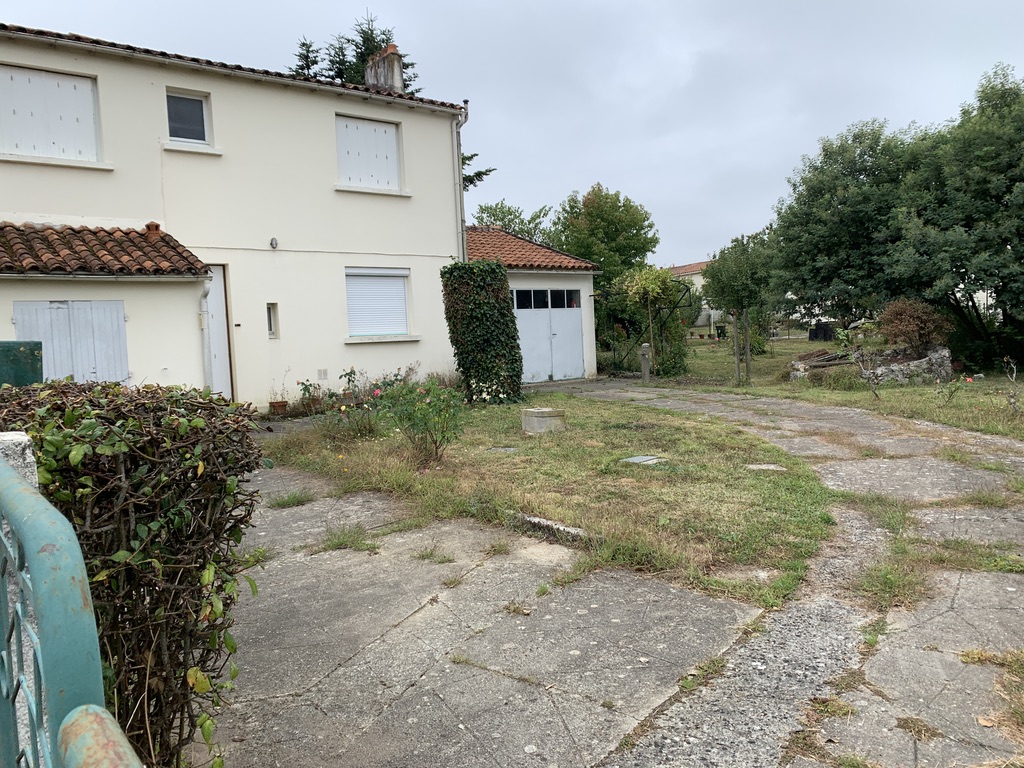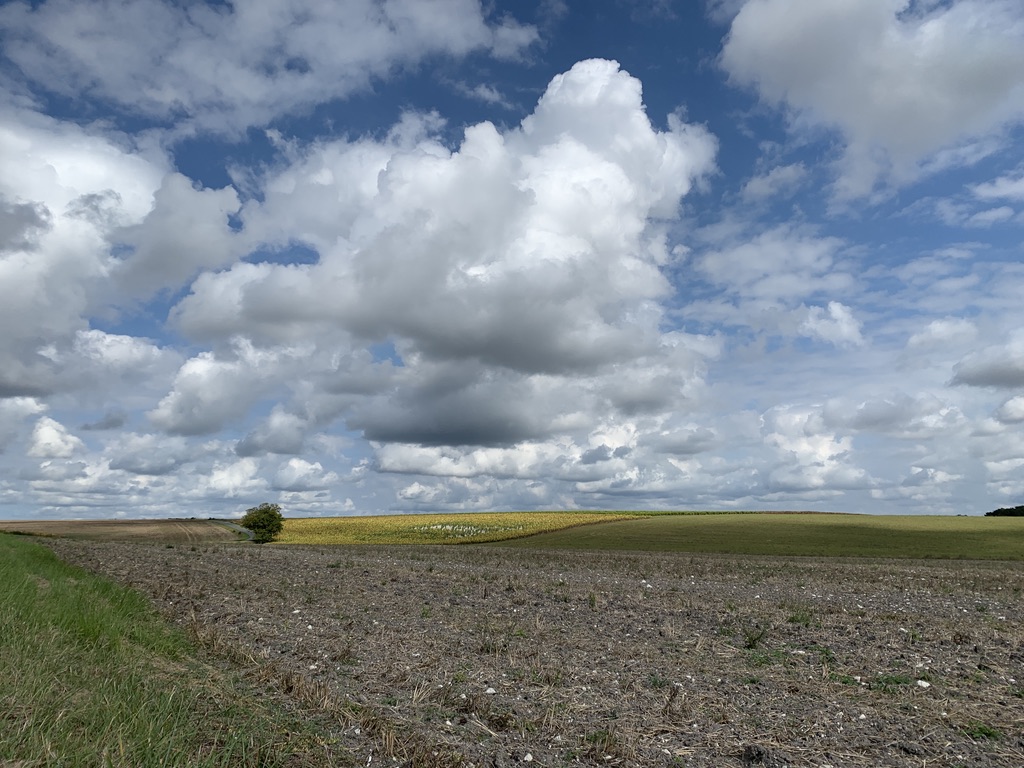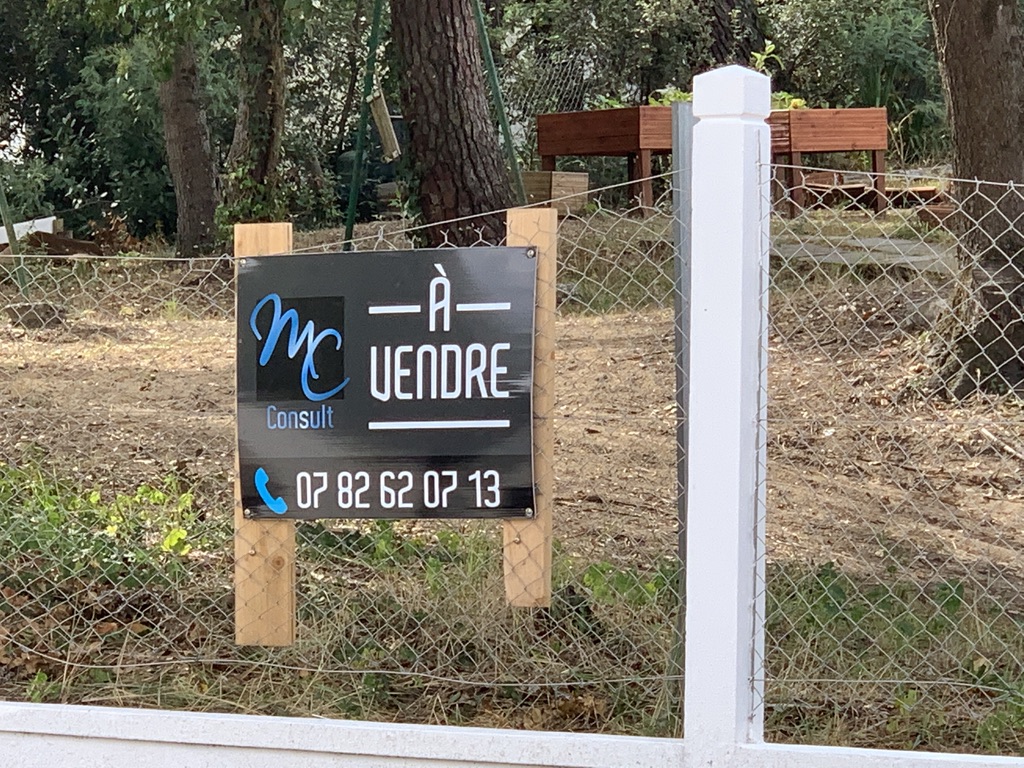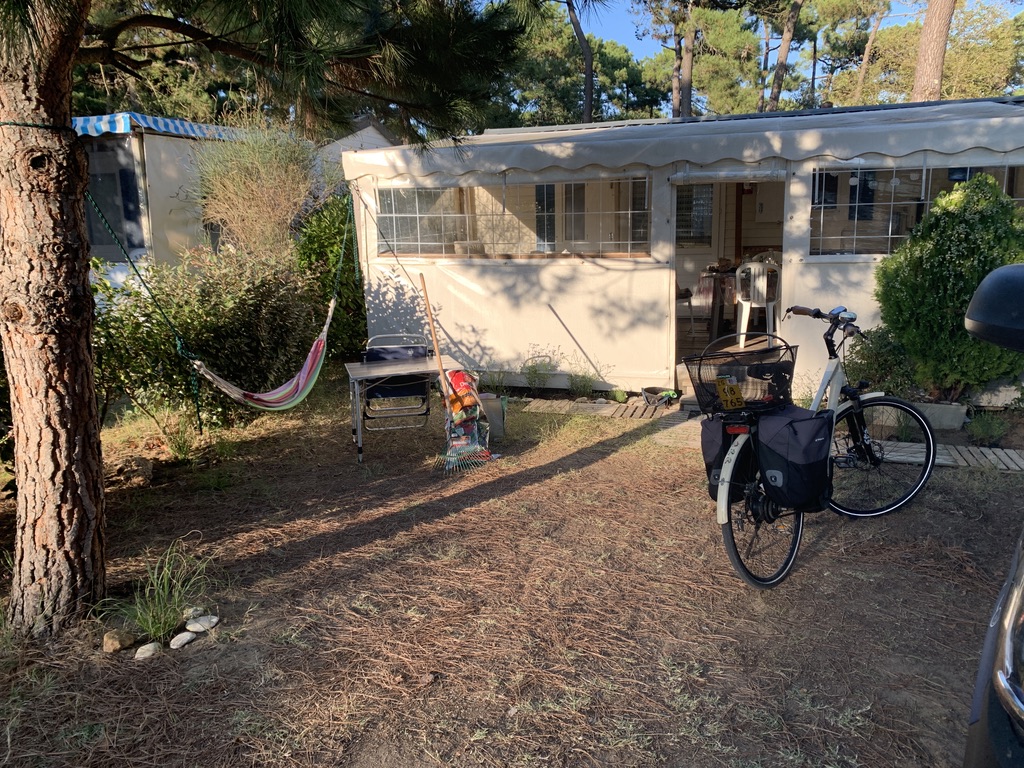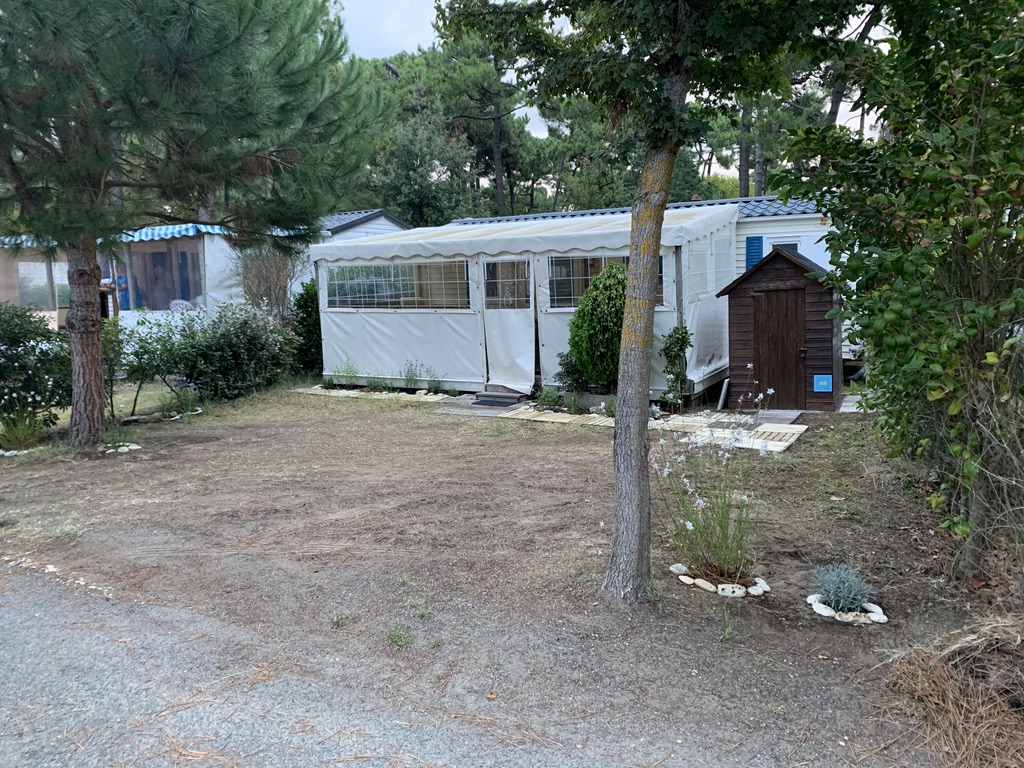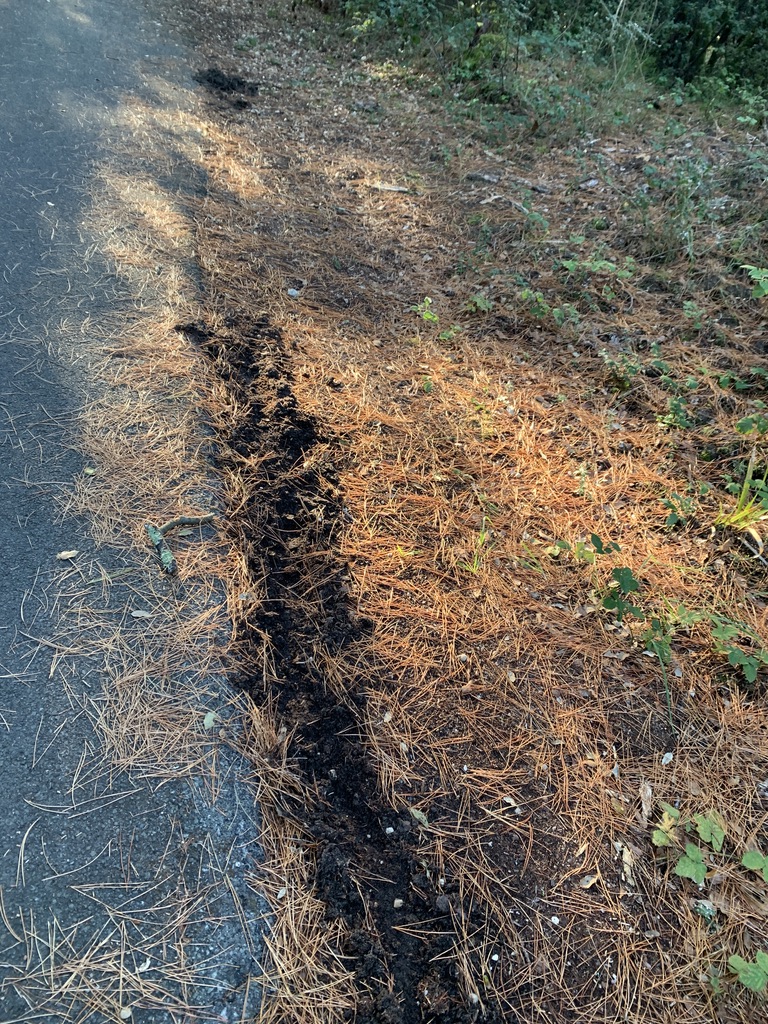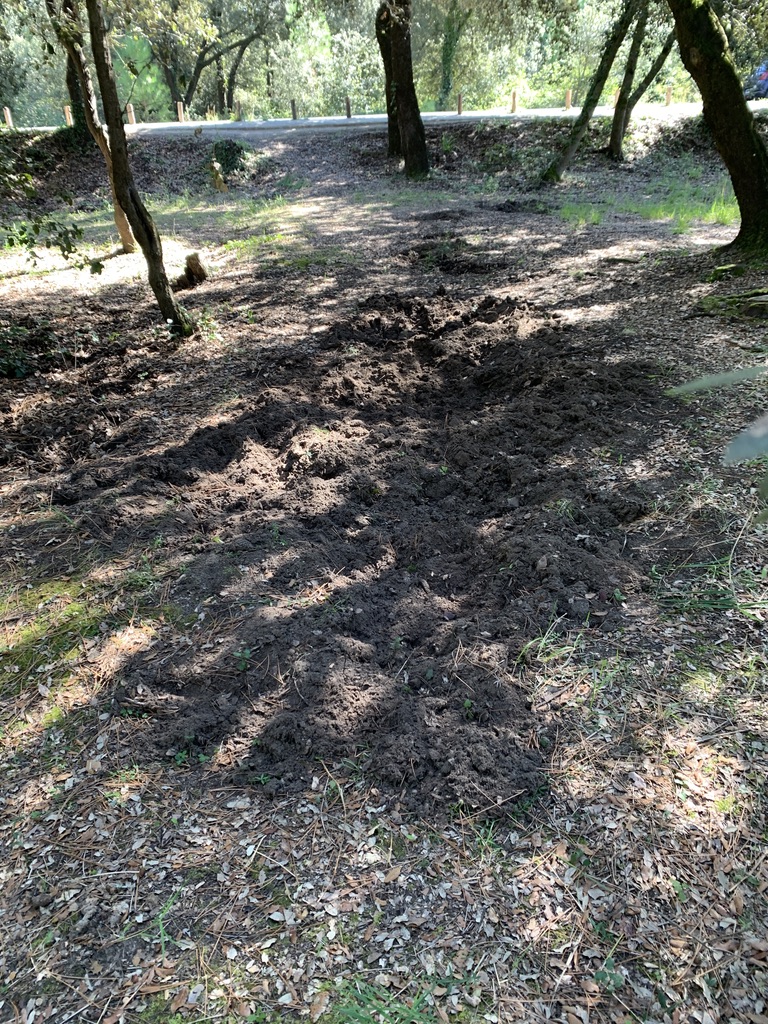I have a dream – ever since I was a young girl. I have always wanted to live in my own house. I have grown up in an apartment in a 12-storey house. The unspoiled view onto the lake and the close mountains was fabulous – my parents thought, who had immigrted from Germany, when they first saw the apartment. I didn’t like the famous view of Mount Rigi, even though the English painter and master of light, William Turner, has been fascinated by that mountain.
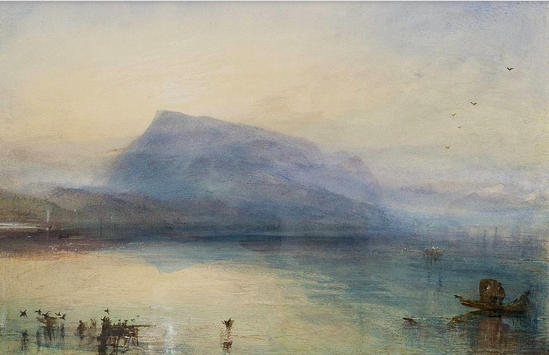
I didn’t like the view when I was a child, I didn’t like it when a was a young adult and finially moved out. I prefer open landscape; mountains have always evoked the feeling of being enclosed, trapped. I’m a free spirit. I think that mountains can be very impressive but I don’t like being close, let alone enclosed by them!
So, I have a dream – a house of my own with a wonderful garden somewhere where it’s warm, warmer than in Switzerland, warmer than in Swiss winters at least. I don’t like the cold, the snow. It prevents me from being outside (because I don’t like the cold) and I actually love being outside, in nature, feel nature, hear it, smell it, see it. But not the snow.
So, that house should be located somewhere in a warmer country. When I was around 30 years old I very often spent some of my holidays around Vaison-la-Romaine in Southern France. I – for a long time – dreamt of having a house there. But as a young teacher I did not have enough money. Then I met my later husband and we dreamt of having a guesthouse and horse ranch in Morocco. But land prices doubled there within a year or two and our savings were always ‚behind‘. We couldn’t afford it, we could not find a place, where it was save to buy, where our two sons could enjoy good, European standard education at the same time, so not too far out in the countryside. In the end, with the fading dream our relationship also crumbled.
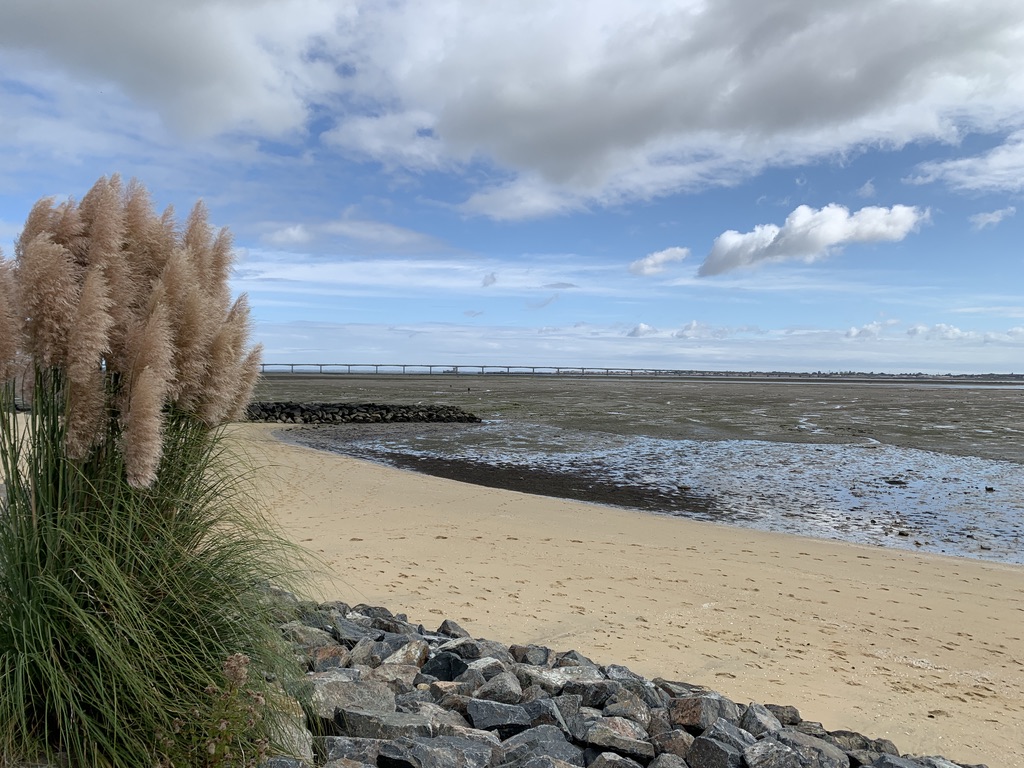
The bridge to Oléron 
low tide 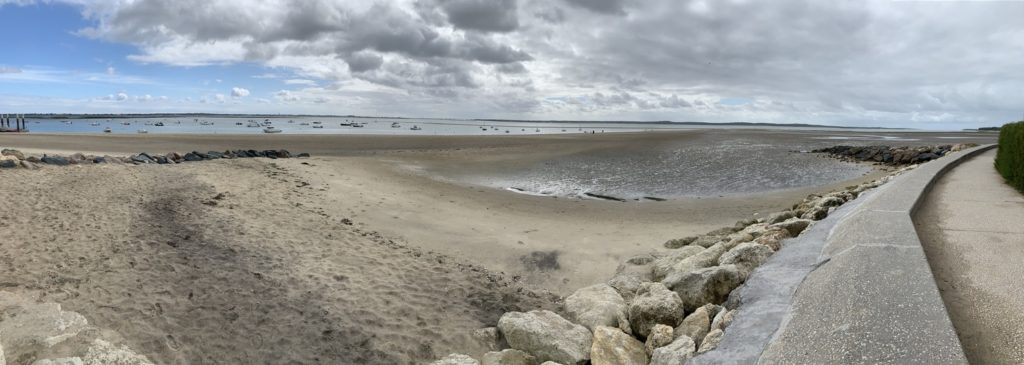
bassin de Marennes
I once read a book about buying property in France. When talking about favourite regions that guy talked about La Côte Lumière, the coast around La Rochelle being one granted almost as much sunshine a year than the Côte d’Azur, but prices were – at that time! – significantly lower. Today, La Rochelle is the third most expensive town France, right after Bordeaux and Paris.
I had never really thought about that region, even though I had once cycled from Rochefort down along the Atlantic coast to the Bassin d’Arcachon and the famous Dune de Pylat, with 117 metres Europe’s highest dune (parts of ‘Lawrence from Arabia’ and other films have been shot there). Many, many years ago I also once drove through La Rochelle. I only remember it very slightly. I actually drove around the marina – which is not possible anymore, past the three towers. It did not impress me much then and I did not even think it was worthwile finding a parking lot and walk around for a while. I simply drove on. But after reading this book I got interested. I bought a guidebook about the region. My first attempt in April 2010 to get there was utterly shattered, though, by the eruption of Iceland’s Eyjafjallajökull volcano, when flights all over Europe were cancelled because of its ashes jeopardizing air-traffic. I eventually got there in July of the same year, peak season, but nevertheless I instantly fell in love with the region.
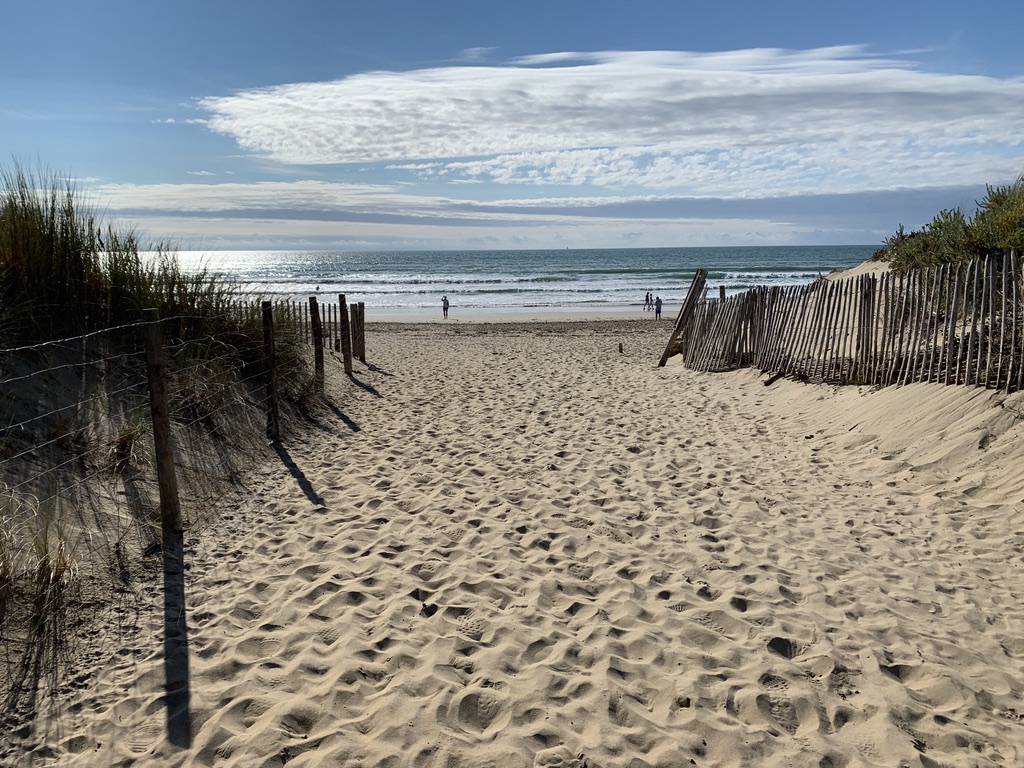
Ever since then I have come here again and again and dreamt of having ‘un pied à l’eau’. Campings close end of September, unfairly early for Swiss people and their school holidays in October. Anyhow, this region is not really frequented by Swiss people. You find German and Dutch people, as almost everywhere, quite some Brits but not on the islands, and many, many French tourists.
When I paid La Rochelle a first real visit I was ravished by its beauty! The aquarium is stunningly far more impressive than even the National Aquarium in Napier/New Zealand. The city is one that enchants with its ‘whiteness’ – all old buildings are kept in white limestone. There is a magnificent ‘old’ harbour, and – I think – Europe’s largest marina with more than 5000 berths at Les Minimes.
Not far from La Rochelle is L’Ile de Ré, another of those islands but unfortunately firmly in the hands of French and international celebrities. Property prices have been skyrocketing as much so that even locals cannot afford to have a house there anymore. But there is also the wonderful marshland of Le Venice Verte, there is Saintes with its Roman remnants, even an amphitheatre. The whole area is famous for its oyster cultivation (even though I personally don’t like or eat them, it’s still interesting) and there are many attractions more, especially for little boys, all those Vauban castles and towers, as for example in the small town of Hier Brouage, where Napoleon kept an icehouse in order to serve his guests a cool drink, or Fort Louvois, Fort Boyard etc. etc.

To cut this long love story short – I have come back to this region again and again and each time when I am driving over the bridge back to the mainland I feel so sentimental. So, why not installing myself here and buy a small house.
I have had a dream – for so long. Now, property prices have almost doubled because of Covid and people wanting to work from home – a nice home in the countryside – or on an island! No way for me and my budget. What I can afford is crap. What’s nice, I can’t afford. So, I decide to look elsewhere, somewhere nearby but on the mainland. That way I could come to Oléron for a daytrip at the beach.
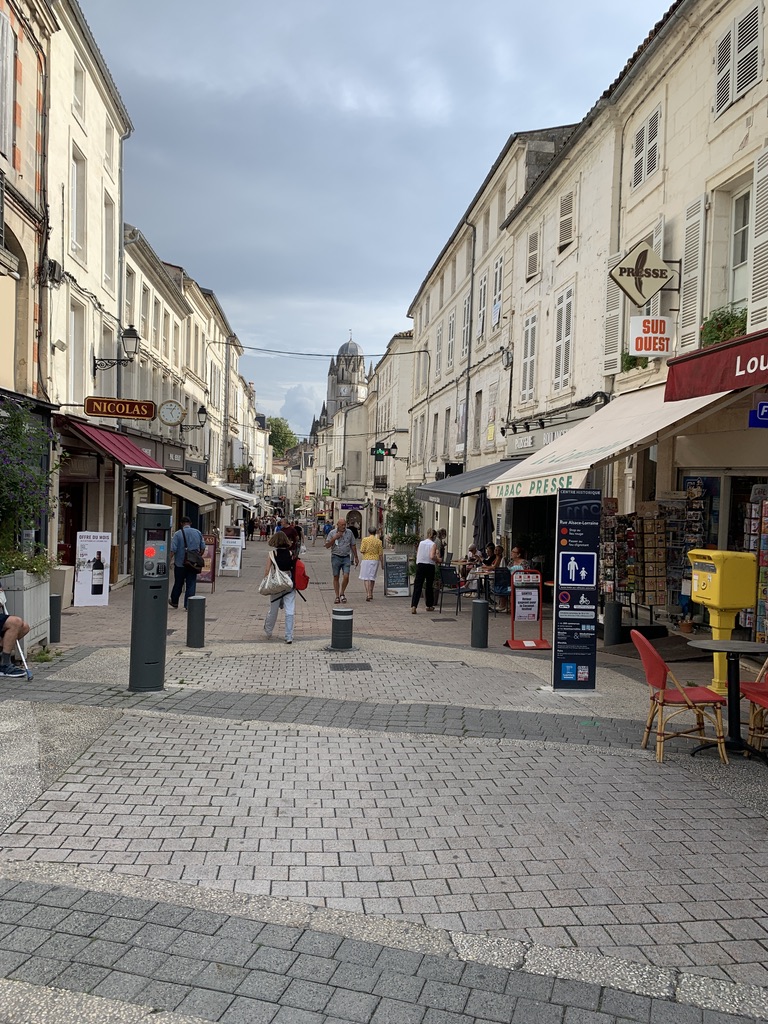
Saintes 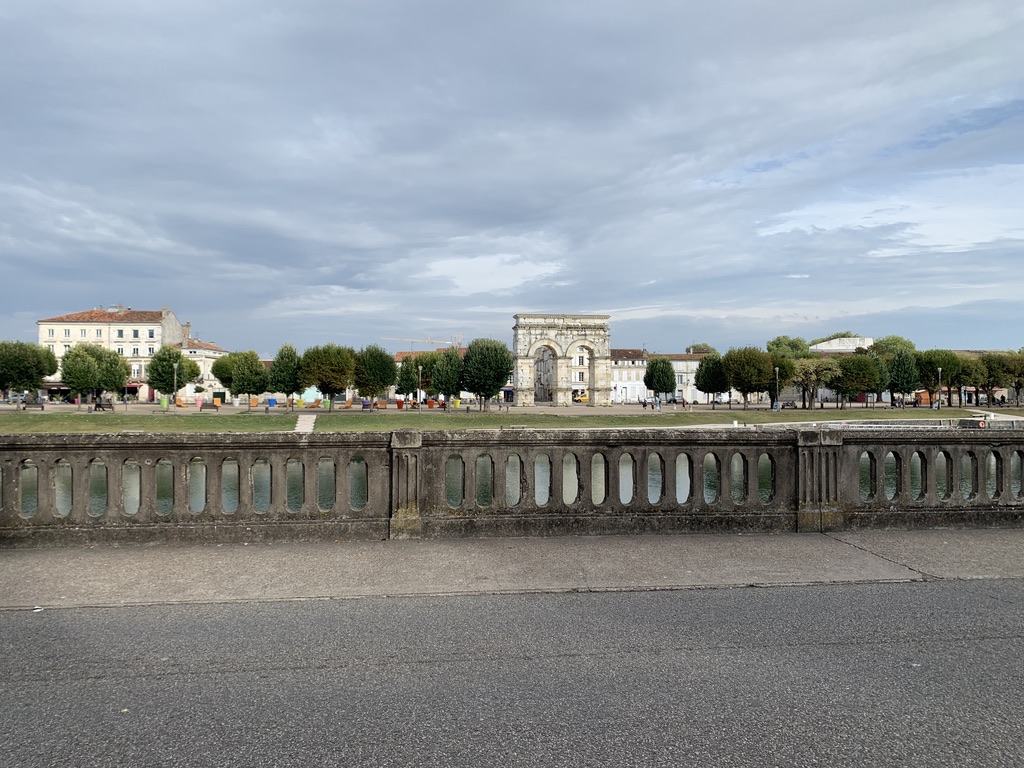

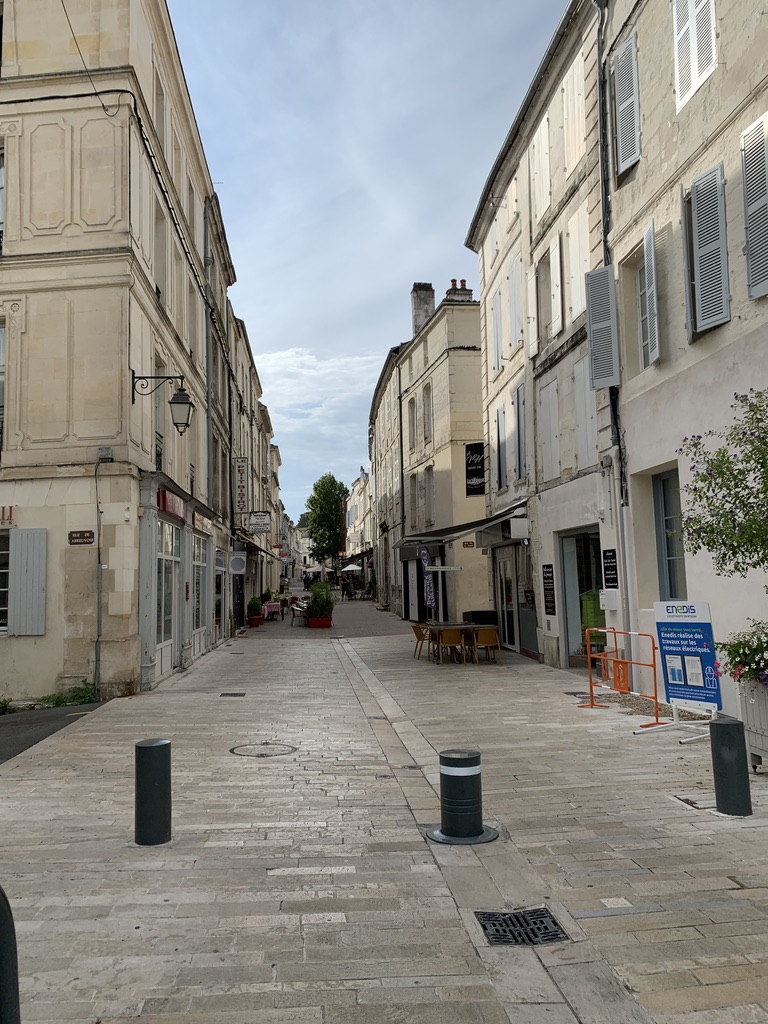
Last year I discouvered Saintes. There are two houses for sale which are within my budget. After having parked on Saintes’ lovely town campsite Au Fil de L’Eau I take my electric bike and drive to these two houses. The first one looks really nice from outside but is located right at a rather busy road and the property is a longish rectangle, almost a corridor. More than the fact that the price slightly exceeds my budget the fact that there is almost no life – as I call it – in this little suburb village of Saintes. So, I drive on, hoping for the second house. I cannot find it, but I needn’t find it, anyhow. This village is even worse than the first, even though some of houses are beautiful. There is one small restaurant that’s closed – that’s it! Sleeping towns – villages where people sleep, drive to big shopping centres once in a while to do their weekly shopping, where children go to primary school and are driven to secondary. No, no, no!
I cycle on and find the cute ferry over La Charente and get to Cheniers, another village with affordable properties. The village centre is alive with a campsite, retired people, some shops, a bakery. Yet, the houses are aligned on a hill – certainly better, but could I really imagine myself making this hamlet the centre of my life? No!
Discouraged I cycle back the busy main road to Saintes. When I reach it, I realize that I quite like the eastern side of the town, the one that I have been advised against buying any property because of the danger of flooding! In winter – the lady at the campsite told me – La Charente would regularly burst her banks.
I don’t have much dinner that night. I go to bed rather disappointed, thoughtful. When I wake up in the morning the scenery around me has changed significantly – autumnal fog is lingering on the campsite! It does not really help cheer me up.
I got to know a French craftsman, Didier, and we meet in a village near the estuary of La Gironde, a place I had long wanted to see – Mortagne-sûr-Gironde. There is a small harbour, and a longish town. Again, I don’t see much life. I tell Didier my story and he advises me where to look for houses that would meet my budget.

Rioux 
the estuary 

Mortagne-sur-Gironde 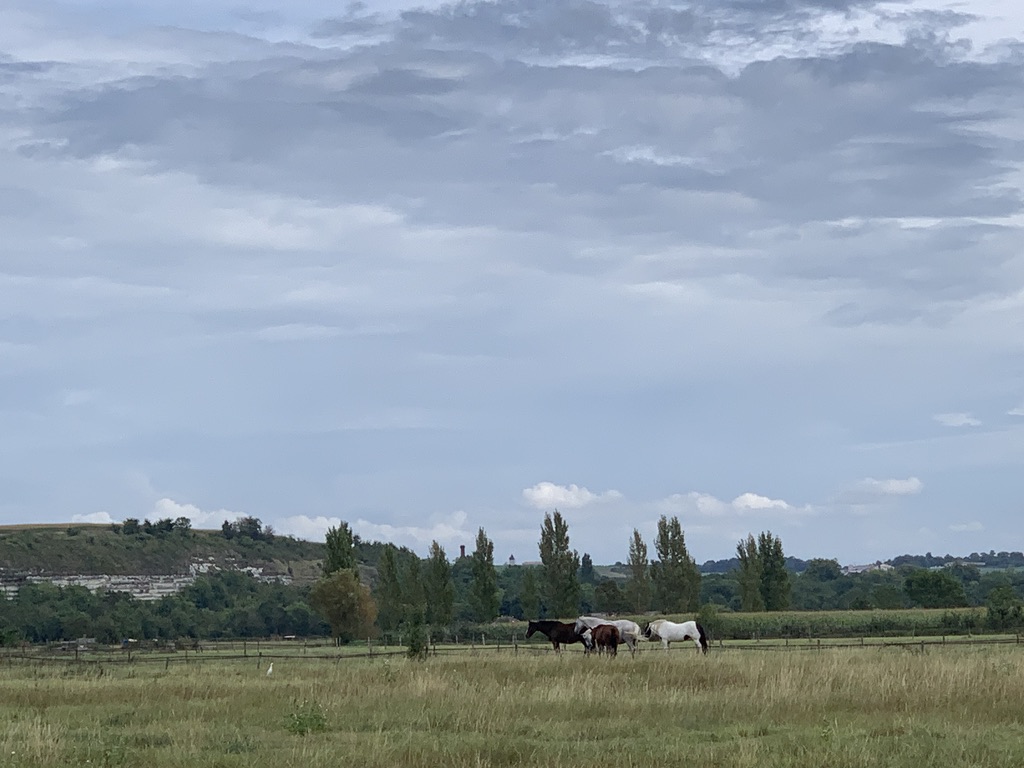

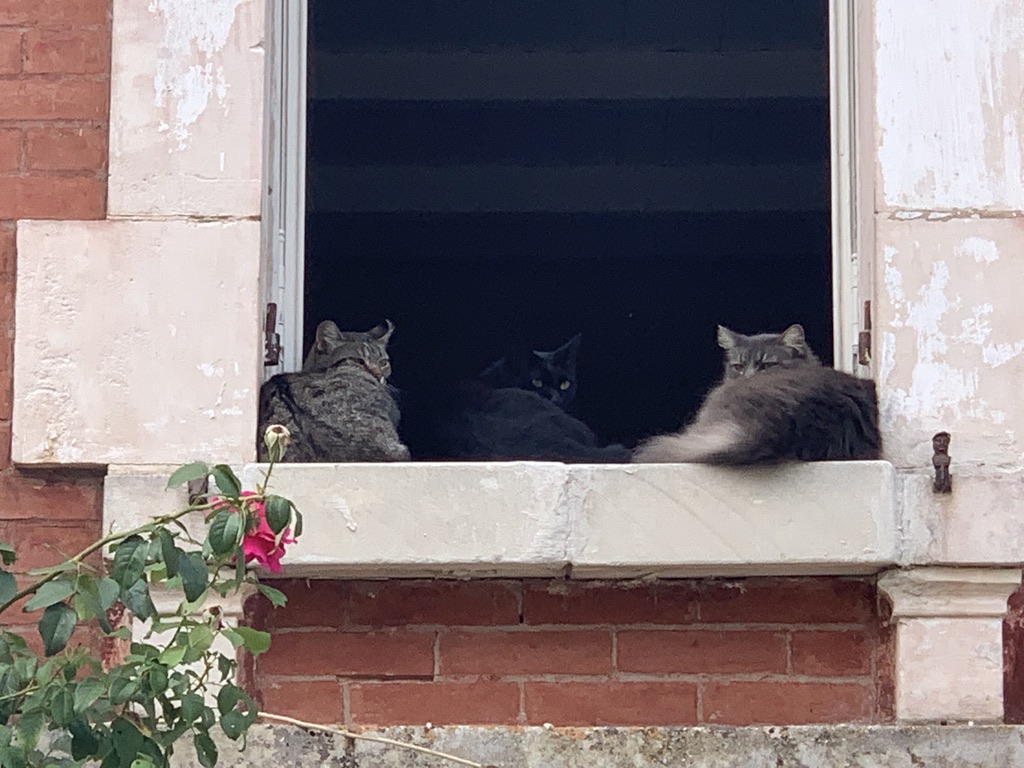
there are 3 cats! 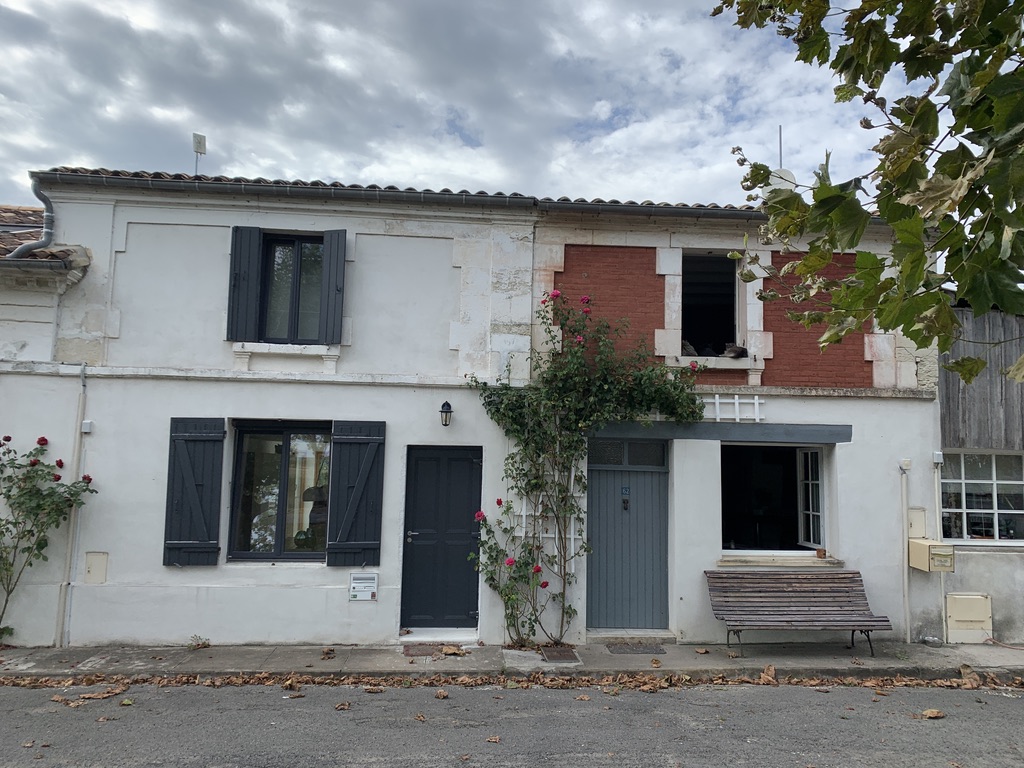
That’s what I do for the next two days. I drive around the area and ask myself again and again: Could I make this place the centre of my life? Apart from ‘sleeping’ villages I find villages with some commerce but also a N 15… running through the middle of it with big 40-ton lorries driving through. I find almost abandoned villages, I find nicely decorated villages – but I do not find the place that makes my heart jump.


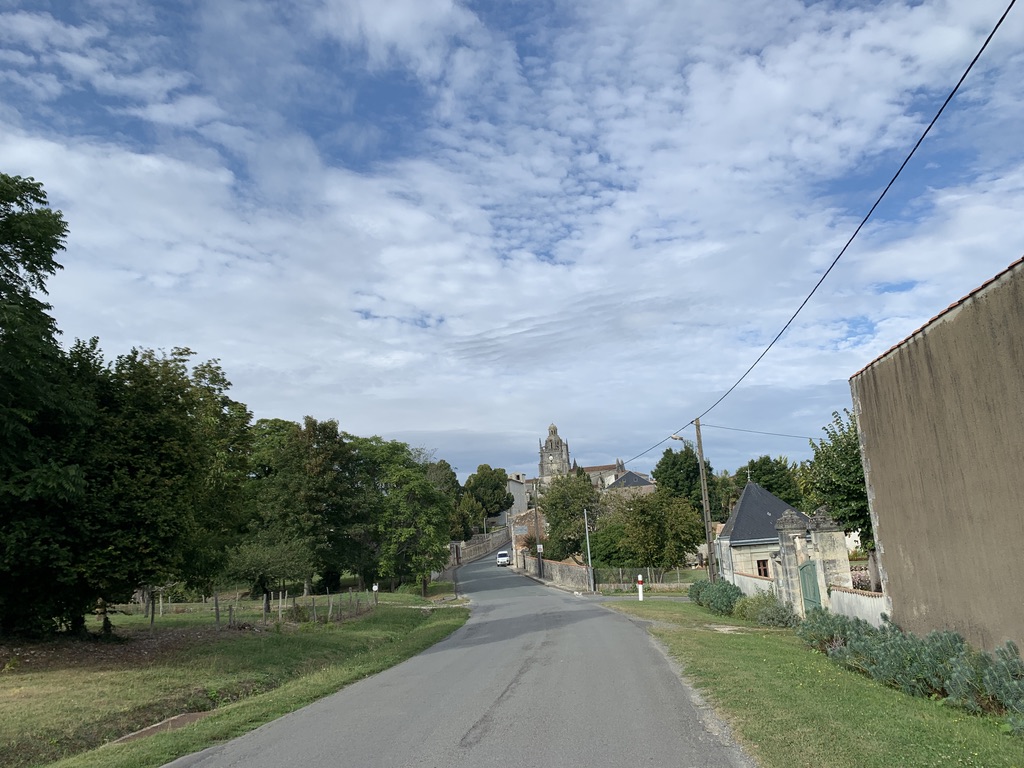
Saint-Fort-sur-Gironde 


Mortagne-sur-Gironde 
Ozillac 
Pons
In the wild city park of Pons I meet Maddie and John, she English, he Canadian, a retired couple, formerly teachers, who have found their happiness there. They have been lucky enough to be able to buy a wonderful old house right in the city centre with a large terraced garden. I’m invited for afternoon tea and thus able to look at such a house from inside and see what you could make out of a ruin. I’m also told what it would cost. I realize I definitely need to be on site for such a project and that will not be possible for the next few years, not before my two boys will be more or less independent of me.
But Maddie solves the secret of empty villages for me: „You’ve to get used to it. French people stay indoors a lot of times. That’s why a lot of villages and towns seem deserted, but actually they’re not.“ Yet, will I be able to get used to this?

Pons 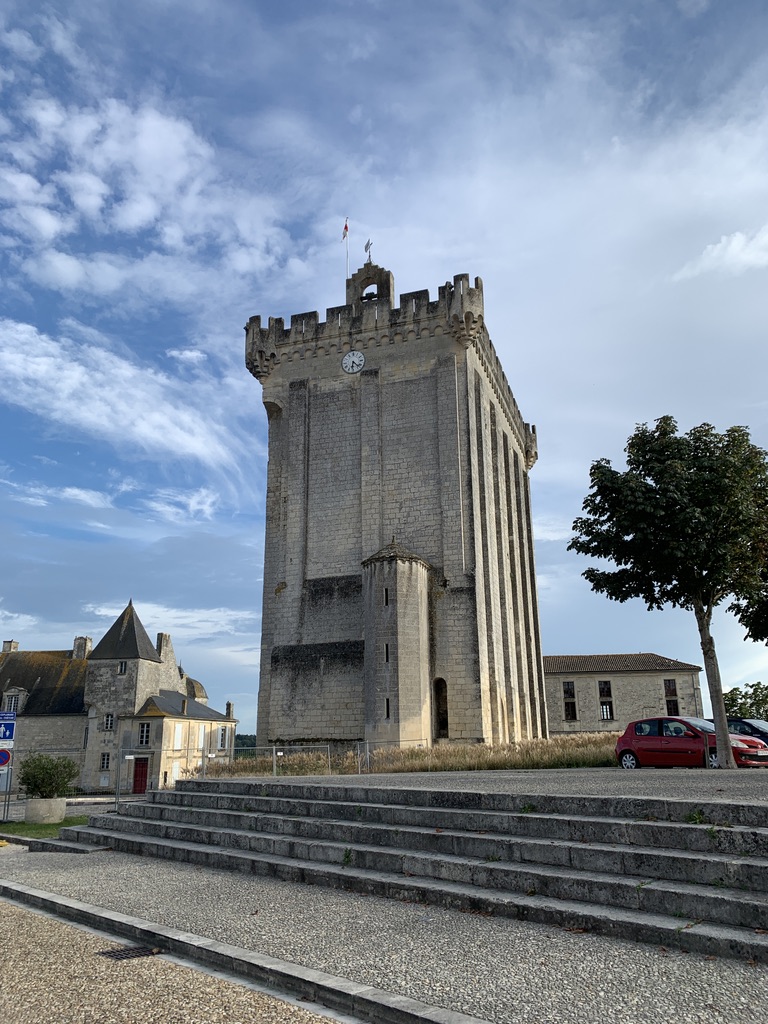
Le dogon 
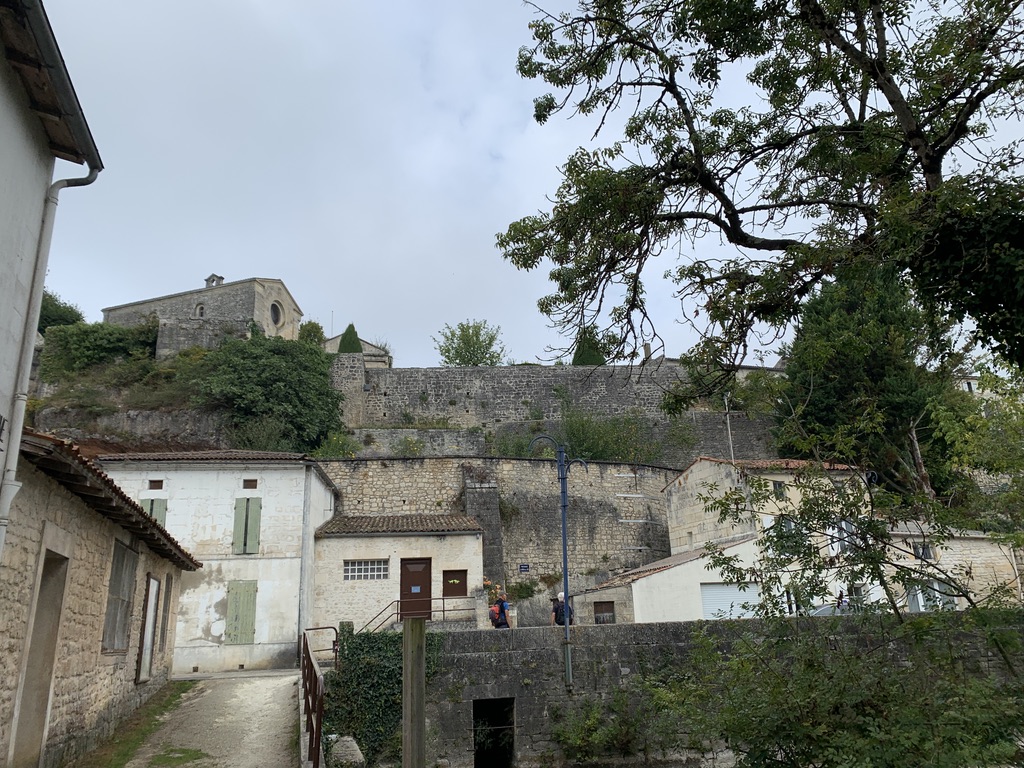

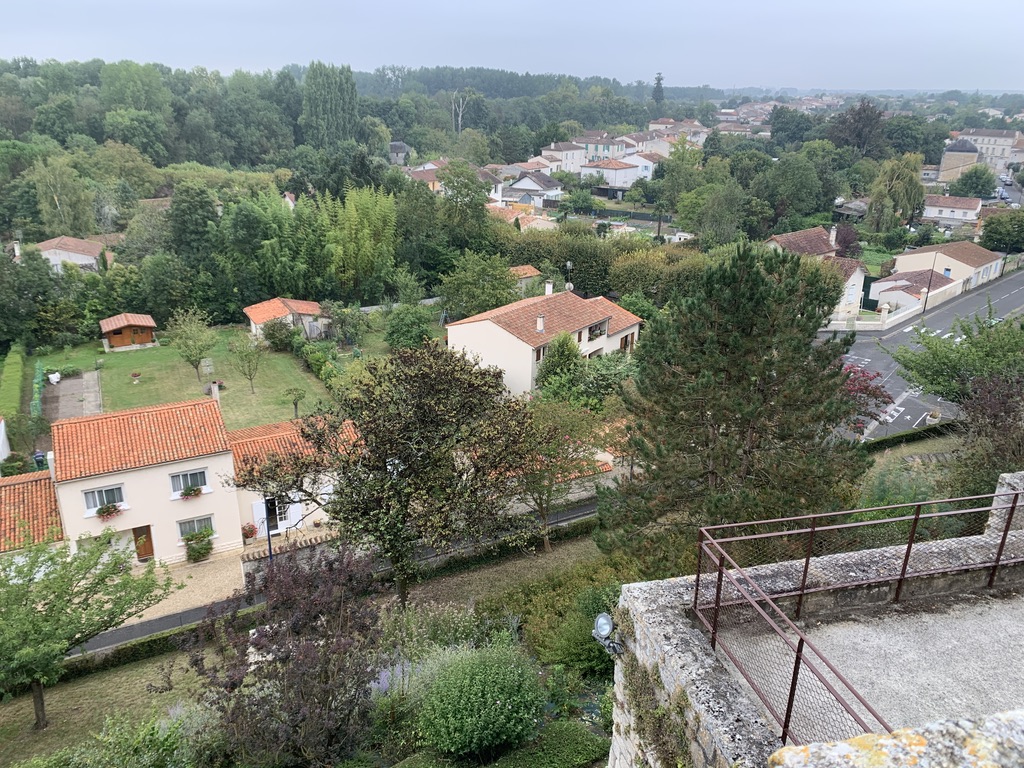


It’s Friday when I decide to drive back to my beloved island, as property sellers will have closed for the weekend. I have an appointment in Pons, on Tuesday, though. A promising 4-bedroom semi-detached house with a rather large garden, nicely situated on a hill in a quiet quarter.
It is only a one hour drive from Pons to the island, but this hour seems endless when I’m driving back. Almost relieved to have escaped it all I place my van on the same pitch as before, take off my bike and cycle to the beach. I feel disappointed, helpless, visionless, discouraged and confused. I realise how much I also love travelling – I want to go back to Sweden, I’d like to travel down to northern Spain and Portugal, and Greece must be nice by van as well, let alone my village in Sénégal, another visit to Namibia or a prolonged stay in the States or Australia. So, why looking for a house at all, then?
The weather forecast for the next day is not beach-suitable so I decide to cycle to the main town Saint-Pierre d’Oléron. The island is supposed to be very, VERY, quite in winter. The population does not exceed 25’000 tot 30’000 people, while there are about ten times as many people there in high season. “I close in Novembre, the baker’s wife had told me.” And: “Why don’t you rent something to find out or buy a bungalow on one of the campsites?“ when I tell her my story. „That’s much cheaper than a house.“ But I cycle on – again I see two “For sale” signs at the side of the road – busy, loud roads, no places where I would spend my fortune and beyond on – and then stop sharp, turn back, drive to the campsite the baker’s wife has indicated and think: “I could at least ask whether they have anything for sale at all.” And they have – two bungalows, two different pitches. I was on THIS campsite last year, so I know it and I instantly realise that the second pitch is in a corner where there is not much hustle and bustle, not even in July or August.
If I was interested I could come back after lunchbreak, the guy at reception had told me. Now, I’m sitting at the nearby beach, my brain pounding, my whole body vibrating, my thoughts chasing each other: What’s the risk? I can sell it, again, can I? I love this place – THIS PLACE – not any place over there on the mainland. My friend Ralf had once told me that my face and mood change instantly to the positive once I’m trespassing the bridge to this island. It just feels, it just feels – it feels as it felt when I was about to buy my first camper van – and I have never, NEVER, regretted doing it. It felt as I was feeling when I saw our current apartment even before I had seen all rooms, it felt just right, it felt – YES! I’ll do it.
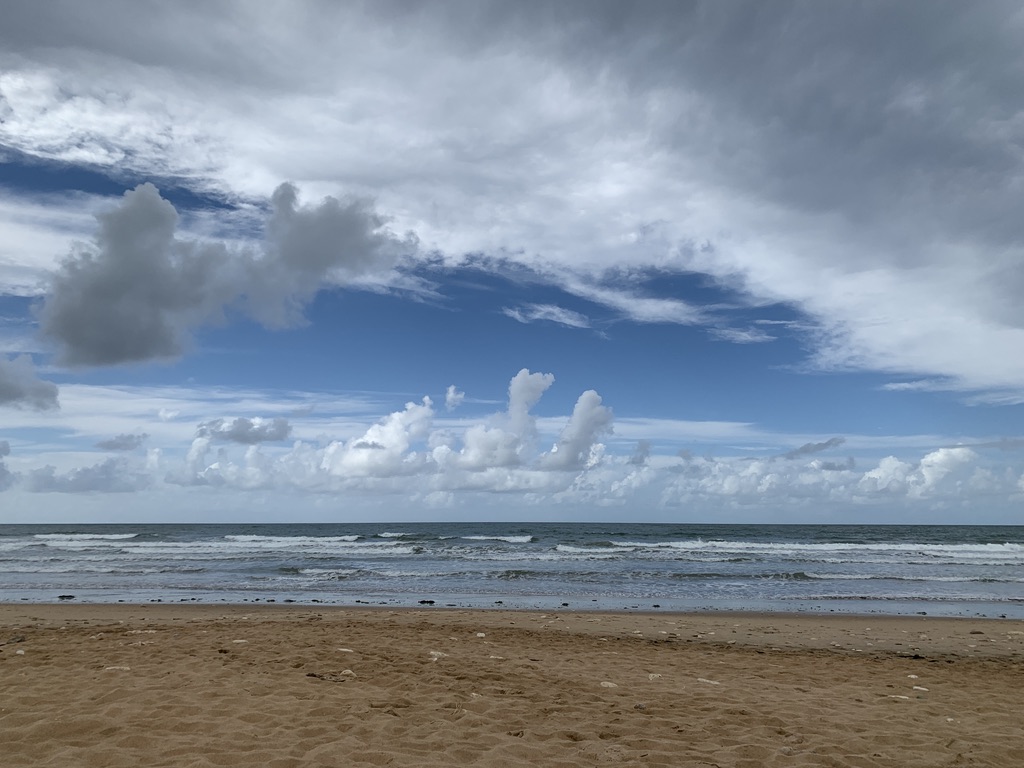
At five to three I’m back at the entrance and – what a shock – I am not the only one who is interested in a bungalow. It turns out that the other guy, though, is interested in the other one. I’m shown the bungalow from inside. A very old French couple has owned it, loved it, spent the last I don’t know how many years in it. At a quarter past three I have bought it. The instant effect is one of calmness, only then joy mingles in.

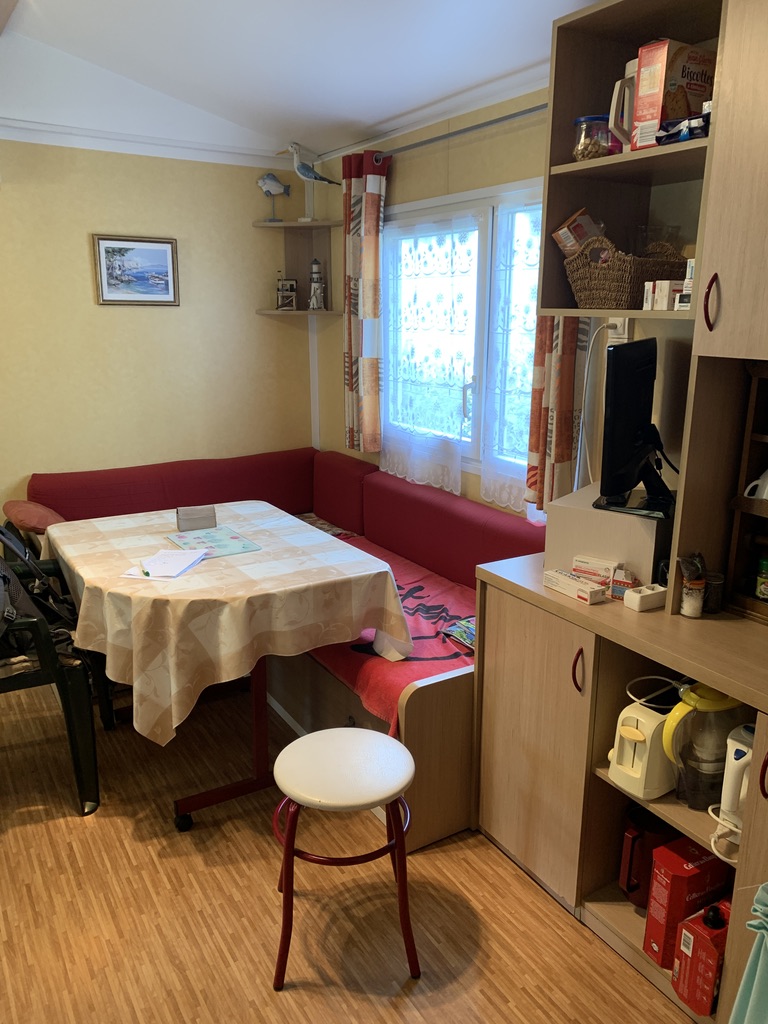

my beachhouse
You can imagine the rest of the story: I cancel my appointment to have a look at the house in Pons, I don’t go back to Saintes to look for more houses. Instead, I move to the campsite and park my van in front of ‘my’ bungalow. I don’t live in it yet as the old owners will come back a last time on the weekend. I just take measure, imagine new curtains, plan changes.
I get to know my neighbours, a retired couple to the right and Marlene and Olivier to the left, who offer me tools, help and advice. I’m glad to have them and realise that living on a campsite it is easier to get to know people. I go to garden shops and builders shops and my face – what can be seen behind the mask – must be glowing as everybody is so nice to me. The days go by so fast. I realise that even with this small bungalow, there is this and that paper to sign and I feel relieved not to have to travel to France again and again to supervise a building site. This would have been surpassed my strength by far once I have to function back in everyday life.
These are wonderful days: Buying plants and actually planting them – making the thing a little bit mine. Every night I go and see the sunset at the beach. It’s just a 5 minutes‘ cycle. I collect stones and take them ‚home‘ to serve as an enclosure for my ‚garden‘. I also collect shells as decoration and I just love being here. Once, when I cycle home from the beach I see a doe peeking out of the woods. Of course it runs away before I can take a picture. I also see multple traces of boars. They dig up the ground to find food. So, not only at my campsite in Tuscany’s Maremma there are boars, also here – mind you Ruth!
I eat on the veranda and go to see the ever so beautiful sunset at the beach, and when I’m lying in my van at night I can listen to the cries of the bats and the distant sound of the surge. I have finally found my ‘pied à l’eau’!
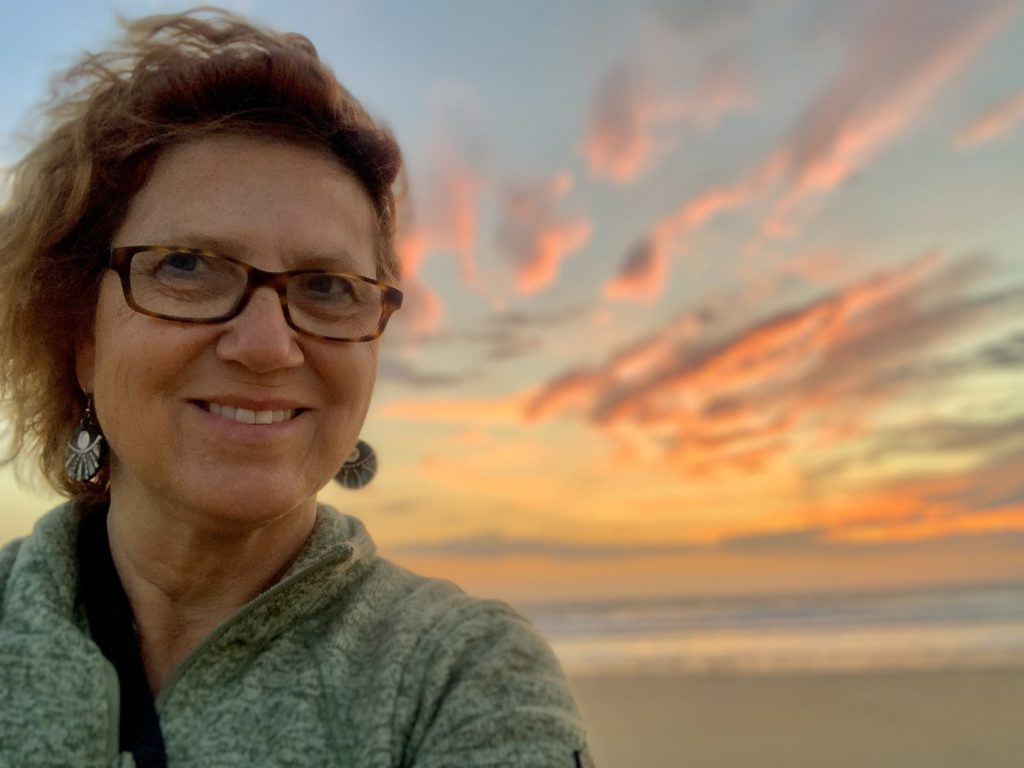

surfing hotspot
Pure happiness is a rare feeling!
